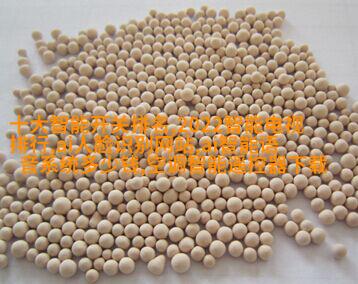分析固定床反应器与流动床反应器的区别
固定床反应器与流动床反应器的区别分析

介绍
在化学和生物技术领域,反应器是实现物质变化、合成新材料和制药等关键设备。根据其工作原理和应用场景,反应器可以分为固定床反应器(FBR)和流动床反应器(CSTR)。本文将深入探讨这两种类型之间的主要区别,并分析固定床反应器作为一种高效生产工具的一些优点。

固定床与流动床概念概述
固定床:指的是固定的催化剂或其他活性物质被固定的介质中间进行化学反応。
流动:指的是液体中的化学物质在不停地移动,以便于接触到催化剂并完成反应。

固定bed与catalyst bed difference

固定bed通常由固体支持如碳或陶瓷制成,而catalyst bed则使用多种不同形态的催化剂。

在fixed-bed环境下,由于操作条件相对稳定,故可长期运行且较少维护需求;而in a continuous stirred tank reactor (CSTR),由于混合过程需要不断搅拌,因此更易产生磨损,对维护要求高。
Fixed Bed Reactor's Advantages in Chemical Synthesis
High conversion efficiency: Due to the constant flow of reactants through the catalyst, fixed bed reactors are able to achieve higher conversion rates than CSTRs.
Easy scale-up: The design of fixed bed reactors is easily scalable from laboratory to industrial production due to their modular nature.
Comparison of Catalyst Life and Reactant Conversion Efficiency in FBR & CSTR
Fixed Bed Reactors typically have longer catalyst lifetimes since they avoid exposing the catalyst to excessive heat or mechanical stress, which can cause deactivation or damage.
In contrast, Continuous Stirred Tank Reactors require frequent replacement of spent catalysts due to these factors.
Process Optimization for Fixed Bed Reactors: Key Considerations and Strategies
The choice of appropriate solid support materials and optimal operating conditions such as temperature, pressure, and flow rate are critical for maximizing reaction yields and minimizing byproducts in FBRs.
Summary: Fixed Bed vs Continuous Stirred Tank Reaction Systems
While both types of reactors have their unique advantages, fixed bed reactors offer superior performance in terms of efficiency, scalability, and longevity under optimized process conditions compared with continuous stirred tank reactors.
Conclusion:
Fixed-bed reactions represent a powerful tool for efficient chemical synthesis thanks to their ability to maintain consistent operating conditions over long periods while promoting high conversion rates across various scales from lab-to-factory settings; thus making them an attractive option for industries seeking improved productivity without compromising on quality standards or environmental concerns associated with traditional methods employing moving parts like those found within continuous stirred tanks used commonly throughout the world today